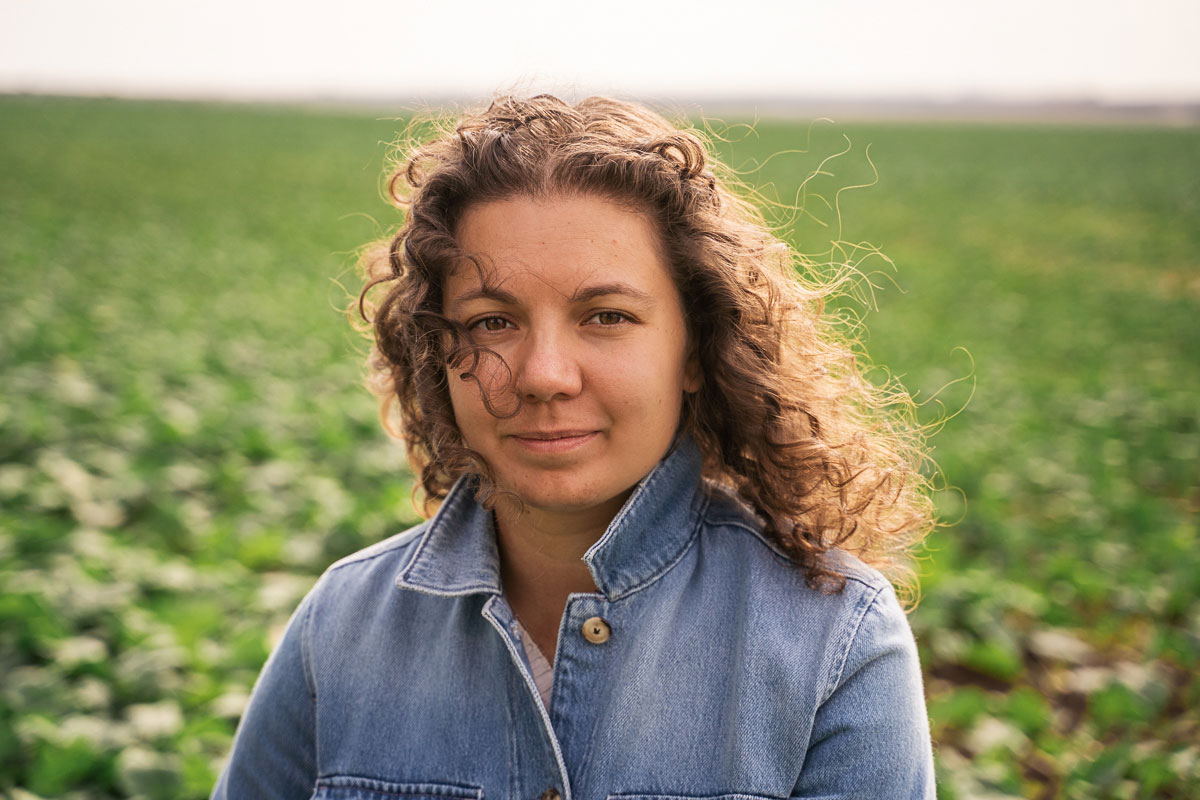The Agriculture Department, along with major agribusiness firms and foundations, are joining with U.S. cotton growers in a series of efforts aimed at filling a growing global demand for textiles that can be produced with a much smaller environmental footprint.
The U.C. Cotton Trust Protocol is the lead partner in a project that was awarded $90 million as part of USDA’s Partnerships for Climate-Smart Commodities Program. The goal is to implement climate-smart practices on more than 1 million acres of cotton and ultimately to the production of “millions of bales of Climate-Smart cotton over five years.” In its June acreage report, USDA estimated 2022-23 U.S. cotton plantings at 12.48 million acres, up 11.3% from 2021.
Meanwhile, a leading global cotton trader, Cargill Inc., is enrolling cotton acres in its RegenConnect program for the first time this year.
Bayer and other seed companies are also working with growers to reduce environmental impacts.
In another initiative, the Ralph Lauren Corporate Foundation, an arm of the luxury apparel company that recently joined the Cotton Trust Protocol, has provided $5 million to the Soil Health Institute to establish its U.S. Regenerative Cotton Fund. The goal of that project is to implement regenerative practices on 1 million acres of cotton production.
National Cotton Council President Ted Schneider grows cotton and other crops in northeast Louisiana and is a member of the U.S. Cotton Trust Protocol. He says signing up involves filling out a 110-question survey “designed to make you think about what you're doing and where you want to be next year, three years from now, five years from now.” The questions, he said, helped him incorporate sustainability into everything he does on the farm.
“Being part of the U.S. Cotton Trust Protocol makes me think every day about what I'm doing,” he said.
That might include adding cover crops or precision application of inputs. He’s found environmental sustainability dovetails with agronomic decisions that maintain his economic viability.
“We have been practicing sustainability” for decades, he says, “but we didn't call it that. We called it survival.”
The Trust Protocol connects retailers and brands, like Ralph Lauren, with cotton they can demonstrate meets some sustainability metrics, something consumers are increasingly seeking. Schneider says the Protocol also has increased direct communication between farmers and the retailers and brands, which he says “is a win-win for both of us.”
 William Barksdale, Cargill CottonBeing a member of the Protocol doesn’t prevent a farmer from participating in other programs. William Barksdale, president of Cargill Cotton, says with RegenConnect, “we do allow producers to stack programs.”
William Barksdale, Cargill CottonBeing a member of the Protocol doesn’t prevent a farmer from participating in other programs. William Barksdale, president of Cargill Cotton, says with RegenConnect, “we do allow producers to stack programs.”
Corn and soybeans are already a part of RegenConnect, and this fall Cargill has opened up the program to cotton. Originally, they’d set a September signup deadline, but Barksdale said the current “unprecedented” volatility in the cotton market prompted them to push that back. The deadline is now in December.
RegenConnect, Barksdale says, is about decarbonizing the supply chain; in cotton, that means accounting for emissions from “dirt to shirt.” Using cover crops, which is what RegenConnect currently rewards, is a measurable practice with concrete impacts on growers' environmental footprint. In the case of RegenConnect, those impacts are measured through a third-party monitoring and verification platform from the startup tech company Regrow. Barksdale said Regrow brings together technology and agronomic expertise in a package that is quick and easy for farmers to adopt.
Regrow founder and CEO Anastasia Volkova says it was important to offer a powerful tool that is also straightforward and integrates with existing machine data. Tractors, combines or other equipment a farmer uses may collect detailed information about planting, inputs, yields, and — especially — variability within a field. “We integrate with those systems,” Volkova said. Cotton growers “have high levels of adoption of farm management systems and tracking on their machinery,” she said, which makes it very easy to add the Regrow platform.
Once they do, she said it gives them the ability to see how different changes will impact the farm’s environmental footprint.
Interested in more coverage and insights? Receive a free month of Agri-Pulse!
“You can change the cultivation levels, you can change the rotation, you can adopt cover crops, you can change your nitrogen,” she says, using the software platform’s calculator. “You can tweak these knobs, tweak these practices, and see how that would impact the environmental metrics for your farm.”
Producers do have to consent to what data they are willing to share with Regrow. (Cargill has posted a detailed Q&A with Volkova about data protection.) Regrow incorporates weather data, but market price data is something farmers would need to monitor themselves.
Using satellite imaging, Volkova says Regrow can monitor fields and verify changes such as the expansion of cover crops or the rotation of different crops through a certain field.
“Machinery data can be great, but it generates even more trust and higher quality of this service — basically ecosystem service that the farmers provide — when you're able to get the third-party verification data,” she says, likening it to having an appraiser evaluate the value of a house rather than the buyer or seller.
 Anastasia Volkova, Regro
Anastasia Volkova, Regro
Seed companies also have invested in reducing the overall impacts of cotton production. Bayer has a Field to Closet initiative, which the company said in a statement to Agri-Pulse “has clear objectives to reward growers for sustainable cotton production, increase demand for cotton, and to provide consumers visibility from the cotton farm to the final garment.” Breeding and other seed technologies have helped generate sustainability gains in cotton over the past 30 years, the statement said, adding “U.S. cotton is among the most sustainable cotton in the world.”
With the new USDA funding, the U.S. Cotton Trust Protocol aims to continue enrolling cotton acres in 17 states where it’s grown. Schneider says once enrolled, producers can use a data tool that “calculates your footprint on the environment.” The calculation then ranks a farm among others in the region or state. No one can see how anyone else stacks up, he says, but “if you come up short somewhere, it makes you wonder, 'what I could change?' … because no farmer wants to be last.”
For more news, go to www.Agri-Pulse.com.

